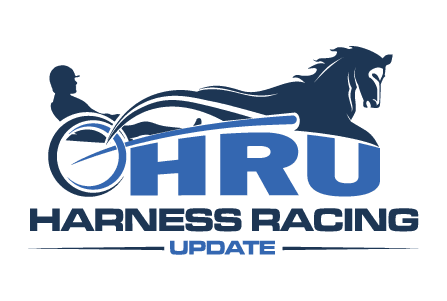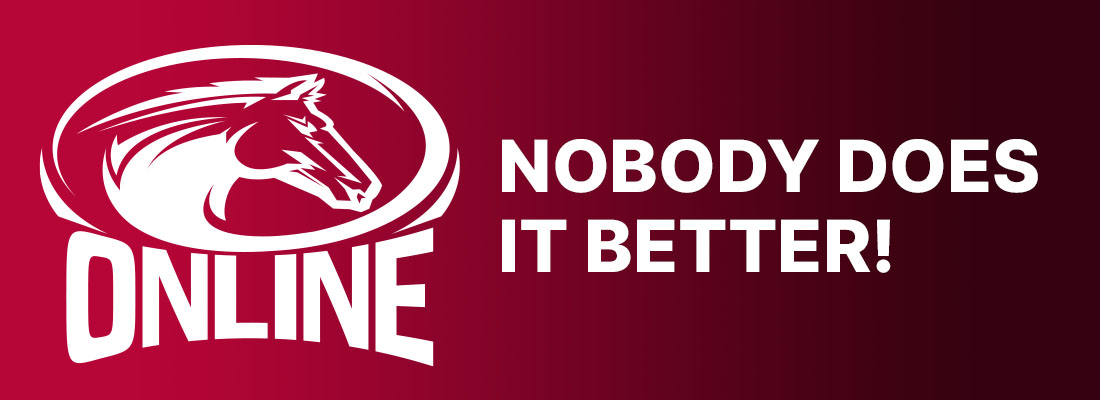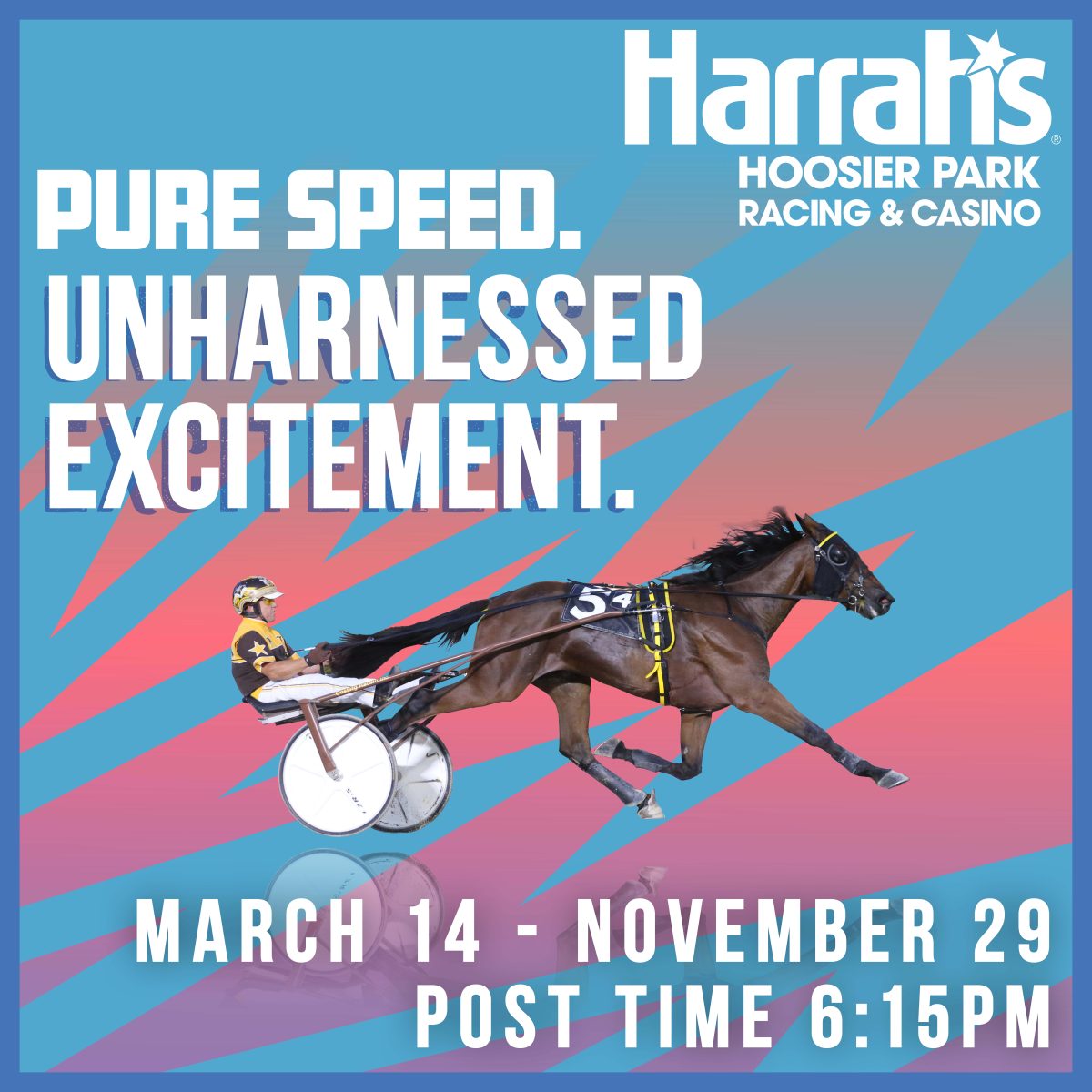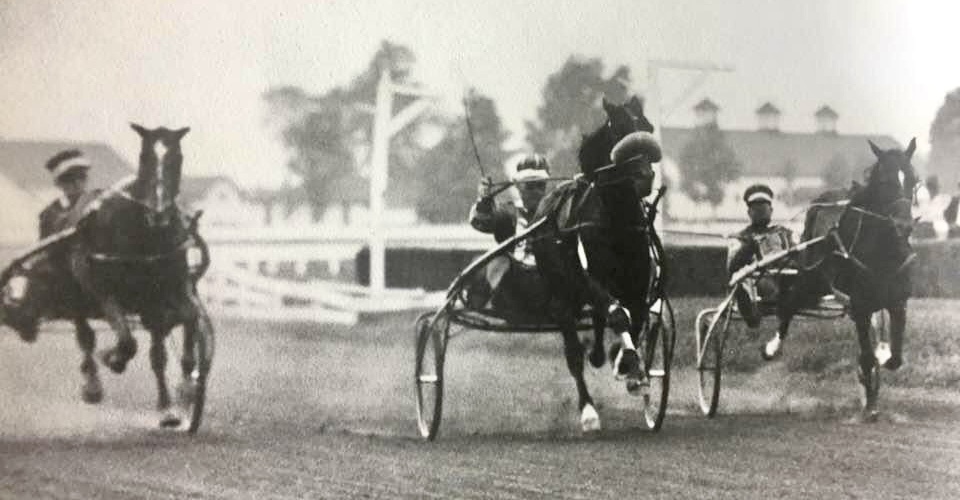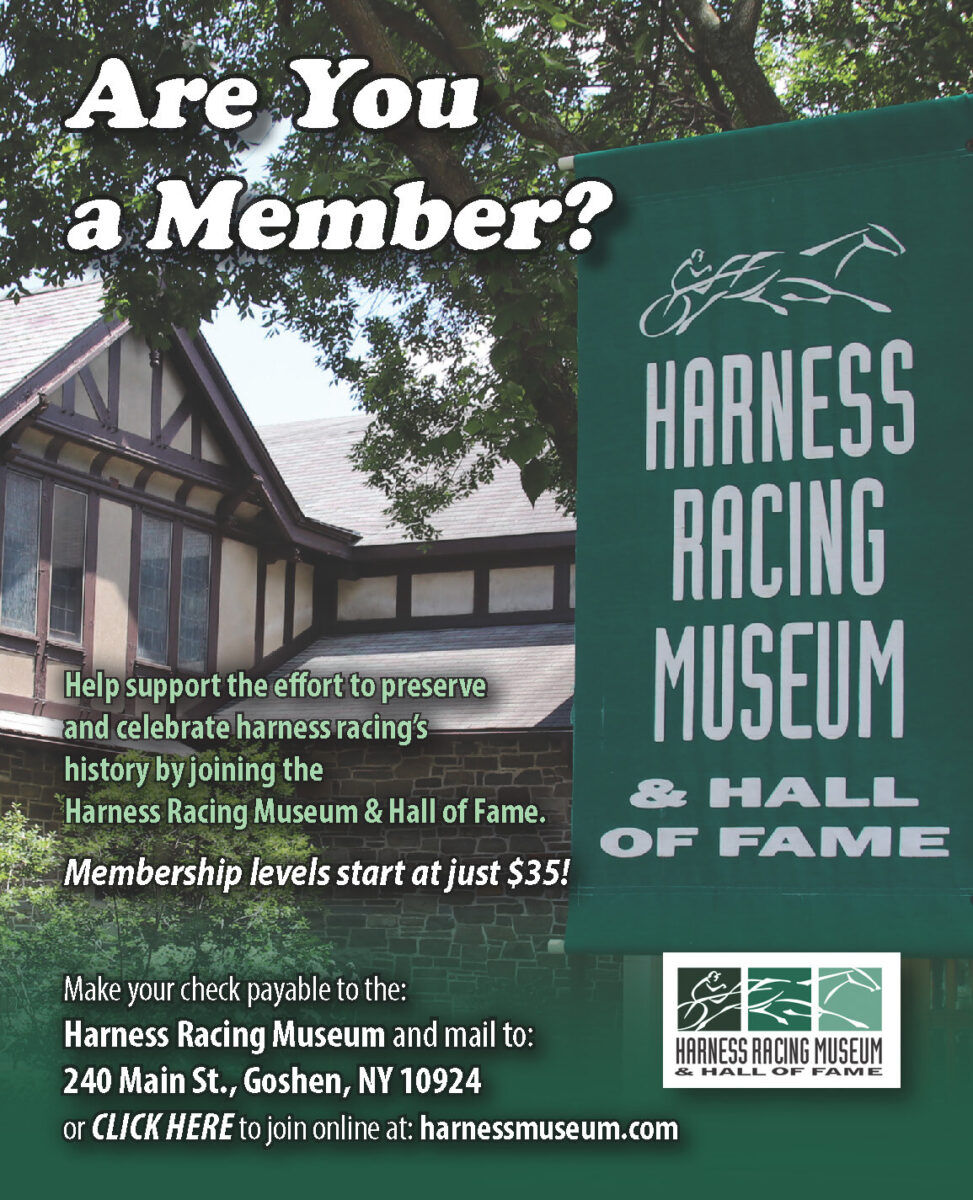Was Billy Direct a ringer?
by Dean A. Hoffman
Lawrence Sheppard, the dynamo who built Hanover Shoe Farms into the most respected name in harness racing, was thrilled when his juvenile colt Dusty Hanover was sweeping across the Grand Circuit in the summer of 1936.
“He’s got to be the best 2-year-old pacer in the country,” Sheppard told his trainer Henry Thomas in early August.
“No, Mr. Sheppard, he’s not,” replied Thomas. “I saw one the other day that’s better. His name is Billy Direct.”
“Whatta mean ‘better’?” blurted out Sheppard, who was never a man to sugarcoat his thoughts. “Our colt has been winning all summer.”
“Yes,” said Thomas, “but this Billy Direct colt from Maine paced in 2:04-1/2 at Old Orchard Beach the other day and looked very comfortable.”
Sheppard respected Thomas and the wisdom he’d gained after a lifetime in harness racing. But Sheppard wanted only the best for Hanover, so he told Thomas, “Go take a look at Billy Direct. If you like him, see if we can buy him.”
Sheppard was interested if Thomas had liked Billy Direct when he examined him. And Sheppard also wanted to know the asking price.
“He’s a nice colt, Mr. Sheppard,” reported Henry Thomas, “but you can’t buy him.”
Sheppard was a man with a short fuse, and his reaction was entirely in keeping with his character. “What the hell do you mean I can’t buy him? How much are they asking?”
Thomas replied, “That’s not the point. The point is that Billy Direct is not a 2-year-old.”
Sheppard was surely stunned but perhaps not surprised at the revelation. That was before the establishment of the U.S. Trotting Association and breeding records were often haphazard. And it was long before modern marvels such as DNA testing and parentage verification.
How did Henry Thomas know that Billy Direct wasn’t a 2-year-old?
It’s likely that one of the first things he did when he looked at Billy Direct was to “mouth” him. That is, to look at the horse’s mouth to examine his teeth.
That was a routine practice that horsemen in that era used to tell the age of a horse. Thomas was born in 1887 and earned his stripes racing on the tough K-O Circuit (Kansas-Oklahoma) a century ago. Horsemen knew livestock of all kinds, and it wasn’t difficult to tell the age of a young horse since certain teeth emerged at predictable ages.
Thomas likely had doubts about Billy Direct’s exact age. He’d been buying and selling horses for decades.
(The story about this incident and the conversation between Henry Thomas and Sheppard was told to me in the 1980s by Dick Thomas, the son of Henry Thomas. Dick Thomas enjoyed success in his career with top horses such as Fulla Napoleon.)
Billy Direct was registered as a foal of 1934 from central Tennessee. But was he foaled in 1934? The State of Tennessee apparently doesn’t think so. It erected an historic marker on the east side of Rte. 31 near the former site of the Tolley Farm in Spring Hill. The marker lists Billy Direct’s 1:55 mile in 1938 and accomplishment and states that he was foaled in 1931.
1931? Really? How did he get registered as a foal of 1934? No one knows.
I once mentioned this to the late Hall of Famer Howard Beissinger and I added, “In that era, a horse was foaled when his breeder said he was foaled.”
Beissinger shot back, adding, “And he was sired by the horse that they said he was sired by.”
Howard then related a story to me about driving his family’s prize broodmare Lady Argo to Walnut Hall Farm during World War II in the 1940s to be bred to Volomite, then the leading stallion in the breed.
“My father told me to stand right there and watch Volomite breed that mare,” said Beissinger. “He wanted to make sure she was really bred to Volomite, not some other stud.”
I am certain that shenanigans took place in both breeding and racing records a century ago. Trust was essential, but so was profit and some shady horse owners found a way to increase income.
The foundation sire Peter The Great was sold to Stoughton Fletcher in Indiana for $50,000 as an aged stallion and stood his final few years in the Hoosier State at a deservedly-high stud fee.
Delvin Miller told me once that rumors abounded that some of the foals purportedly sired by Peter The Great in the latter years of his life were actually by other stallions from the same farm. It’s not unusual for an aging stallion’s fertility to decline and perhaps some mares booked to Peter The Great were switched to lesser stallions, and the owners of mares unwittingly paid a Peter The Great stud fee. We’ll never know.
In fact, the whole story will likely never be known in these situations, but today harness racing benefits by far more sophisticated methods of recording keeping and methods of verifying equine identity.
Billy Direct went to stud at Peninsula Farm northern Ohio, so named because of its proximity to Lake Erie. He was apparently not a fertile horse as records show that he got only about 30 per cent registered foals in his first two seasons.
Hanover Shoe Farms believed in his potential and arranged to lease him from owners Dan McConville and P.J. Downey for the breeding seasons of 1942-43 for a total payment of $10,000. The horse never left Hanover after that year. (My thanks to standardbred historian Richard Stone who has the original lease agreement between Hanover and Billy’s Direct’s owners.)
One of the mares that Hanover sent to Billy Direct, Helen Hanover, produced a striking chestnut colt in 1943 named Ensign Hanover, who won the first Little Brown Jug in 1946.
Billy Direct’s fertility seemed to improve at Hanover, but he never had a year when more than 50 per cent of the mares he bred had live foals.
But Billy’s foals were dandies. In 1947, a chestnut colt named Dudley Hanover was foaled and he won the Jug for Delvin Miller in 1950.
In the fall of 1947, Billy Direct died suddenly of an apparent heart attack. He’d bred his largest book of mares (64) that year and his final crop of 1948 included Jug winner Tar Heel and the noted Direct Rhythm p, T1:56.1 who finished 3-3 in that ’51 Jug.
Billy Direct broodmares produced such superstars as Adios Butler, Bye Bye Byrd, Bullet Hanover, Sampson Direct and others.
Who knows how great the legacy of Billy Direct might have been had he not died at age 13?
Or was he really age 17? We will never know.
